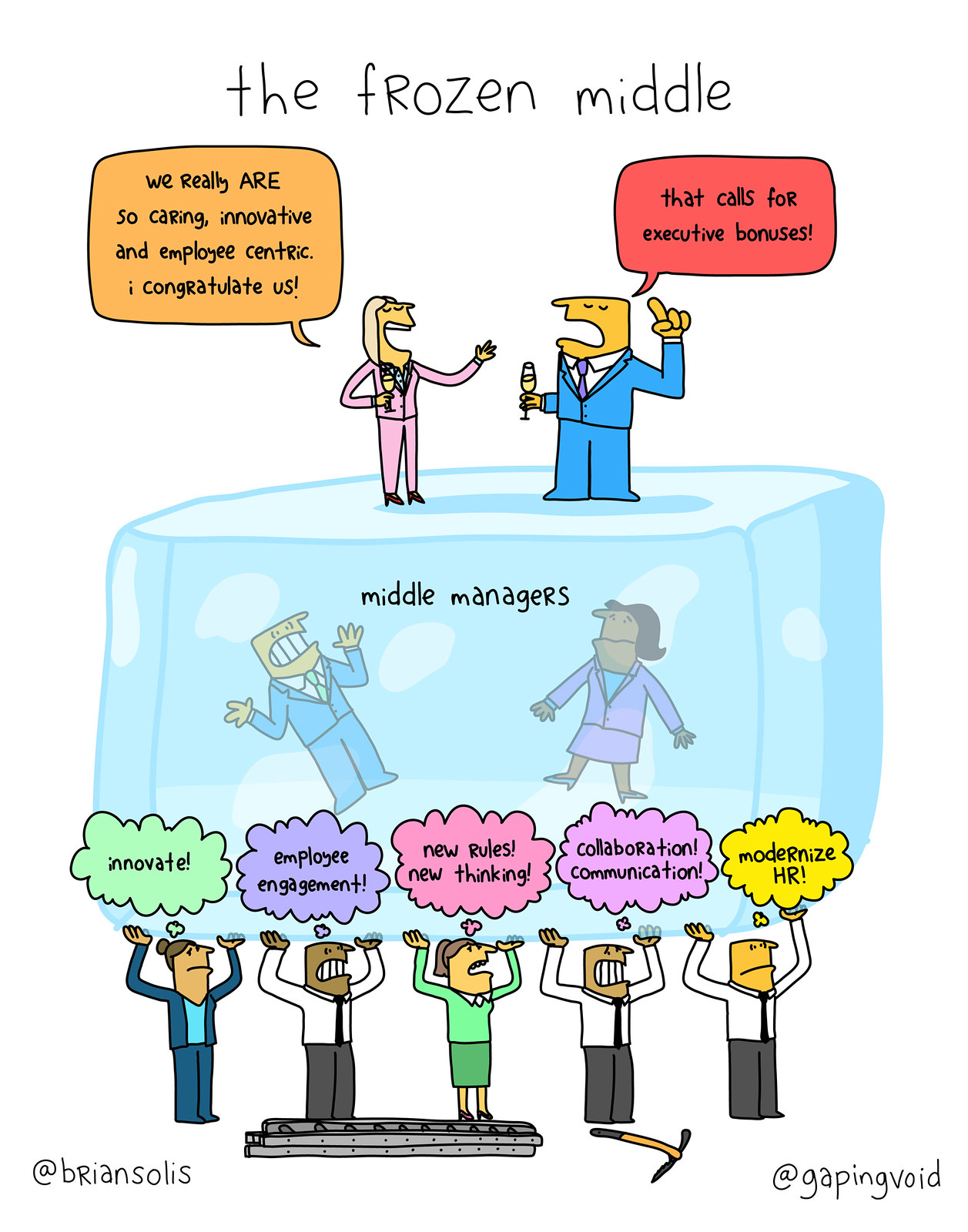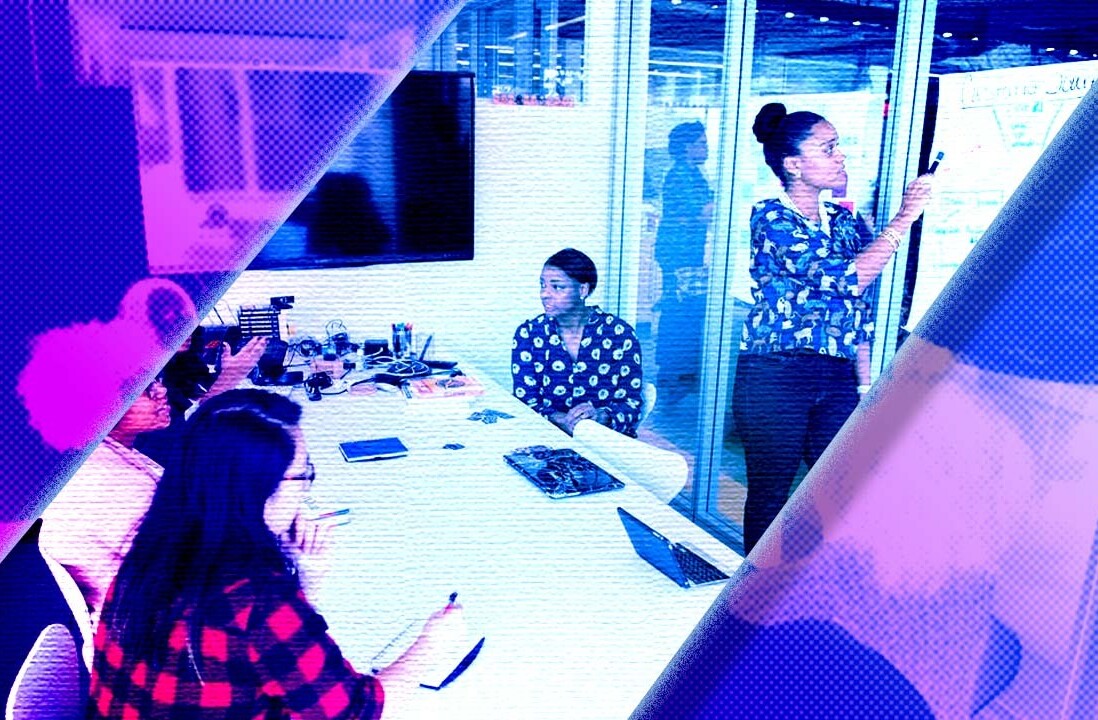
Digital Darwinism: the evolution of technology and its impact on markets and society.
I’m sure you’ve heard it before: Happy employees mean happy customers. But what happens when customers and employees evolve to a point where executives lose sight of who they are, what they value and what they want?
That’s exactly what’s happening in this era of digital Darwinism. Technology and society are evolving.
Customer and employee behaviors, norms and values too are evolving. What’s not advancing in parallel are organizational investments, whether they be in operational, product and service innovation to get in front of, or keep up with, modern employee and customer experiences. As a result, companies are increasingly exposed to disruption as progressive customers and employees seek engagement and experiences that align with their expectations, preferences and standards.
Digital transformation is one of the biggest trends in business modernization today.
Organizations all around the world are actively investing in advanced technologies to overhaul and update how companies work. But, the promise of digital transformation is more than being digital. It’s also about understanding how technology is affecting employees and customers. And, in my research, I find time and time again, that many executives are simply out of touch with how people are changing. You can’t reap the benefits of employee or customer happiness if you don’t know them.

In a research effort that studied employee engagement, I discovered a significant gap in how executives perceive the role of employee engagement and how employees wish to be engaged.
For example, 99% of executives believe that their employees have a major impact on the company’s success and that employee engagement is instrumental in that success. In fact, executives rank employee engagement as a priority at 8.3 on a scale of 10. At the same time however, data from my research suggests that while executives value employee engagement, they aren’t doing a great job of actually engaging employees. On average, employees rated their own engagement at an abysmal 5.5 out of 10.
Employees aren’t the only group expecting meaningful engagement. Customers too expect organizations to understand their evolving preferences and expectations. In a separate research effort that studied the state of digital transformation, I learned that most companies investing in digital transformation ranked customer experience (CX) as a top driver. But, only 34.8% of those businesses reported having completely mapped out the evolving customer journey within the last year. This is a significant drop from the previous year where 54% of companies reported that they had completely mapped out or were in the process of mapping out the customer journey.
And to add insult to injury, I learned that companies are also underestimating the importance of investing in cultures of innovation to help accelerate modern employee and customer engagement initiatives. In a separate study in partnership with Cap Gemini, we learned that 75% of senior executives believe their organizations have a culture of innovation, but only 37% of employees felt the same. Furthermore, only 7% of organizations reported that they can actually test, learn and deploy new ideas rapidly.
This means that companies aren’t prioritizing innovation or they’re underestimating the need to do so. At the same time, technology and business roadmaps are developed and investments in employee and customer experience are made without completely understanding how people and their behaviors and values are changing. And yet, digital Darwinism continues to shape and reshape markets.
Change agents are the unsung heroes of digital transformation
Employee and customer experience are two critical areas of business opportunity. Technology is only one part of the solution. The other is actually understanding how people (customers and employees) are changing and investing in engagement programs that deliver value they treasure.
In every organization, right now, there are individuals who get digital transformation. They do so because they are the very people who are digitally disrupting the status quo simply by how they live and work. I call them “digital change agents” and they are largely untapped resources in understanding and leading progression. Change agents are more than passionate about all things digital. They see first-hand how digital is creating challenges and opportunities in their efforts and for the organization at large. But they are often not recognized or empowered. And, they’re strewn across the organization, operating disparately and, in many cases, without official sanction to make cross-functional or enterprise-wide headway. In their own way, limited to the extent of their roles and local influence, they are investing in frontline efforts to improve or overhaul efforts to more effectively compete and shine. But, they believe they can do more to help. They just need recognition, engagement and license.
The critical roles of change agents
While change agents are well-versed in all things digital, they aren’t necessarily seasoned or trained at navigating the cultural dynamics that drive change in an organization. They typically pick up leadership and change-management skills on the fly or they shy away from it as they learn to face the behavioral challenges that prevent colleagues from appreciating their alternative perspectives and ideas.
There is no one type of change agent. They each bring to the table different skill sets, goals, and aspirations. But they all wear similar hats at different points in their professional journey, serving as data gatherers and storytellers, influencers and case makers, relationship builders, and champions of digital transformation.
- Data Storyteller: Successful change agents become storytellers, collecting data and translating it into relatable insights for stakeholders to take action.
- Influencers and Case Maker: Organizations are largely risk-averse and, often, adopt an unofficial stance of resistance to change and innovation. Change agents often influence stakeholders and make a case for new digital initiatives by providing evidence and creating a sense of urgency.
- Relationship Builder: Change agents don’t expect everyone to “get it” and jump on board. Instead they network and build bridges with those in the organization who remain skeptical of the need for digital transformation or are not digitally savvy. They listen empathetically to their concerns and translate information in ways others can understand.
- Champion: Change is complex, difficult, and often defeating — it requires champions to inspire and urge progress throughout the organization. Change agents adopt this role as champions for digital transformation. But they must also be their own champion to keep their spirits up and focus on their goals.
With support and guidance from the C-Suite, change agents can spread digital literacy, drive collaboration between silos, build internal bridges with executives, and help accelerate their organization’s progress.
In the end, digital transformation is more than digital or technology. It’s about people, your employees and customers, who are changing. The good news is that you have individuals and resources who understand what’s changing and why and they’re willing and able to help everyone else change to be relevant and significant in a digital economy. The bad news is that without recognition and empowerment, they will either not be used to their full potential or another organization will actively recruit them to do exactly what they’re trying to do for you right now.
Get the TNW newsletter
Get the most important tech news in your inbox each week.





